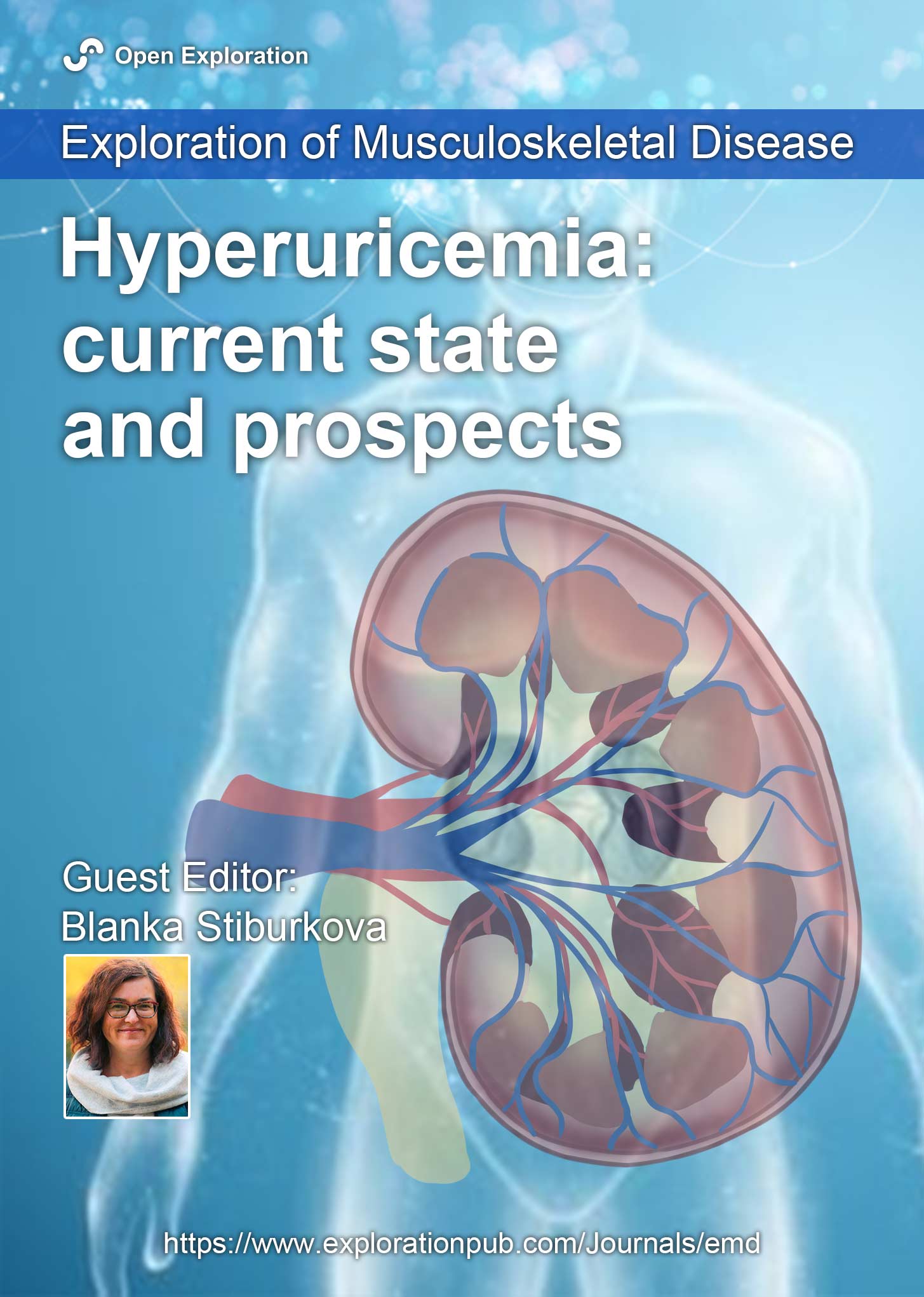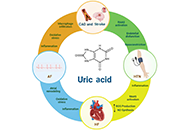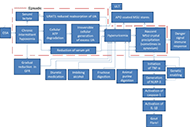
Hyperuricemia: current state and prospects
Guest Editor
Dr. Blanka Stiburkova E-Mail
Institute of Rheumatology, Prague, Czech republic & Department of Pediatrics and Inherited metabolic Disorders, First Faculty of Medicine, Charles University and General University Hospital, Prague, Czech Republic
Research Keywords: Hyperuricemia, hypouricemia, gout, inherited metabolic disorder, purine metabolism
About the Special lssue
Serum uric acid concentration is a complex phenotype influenced by both genetic and environmental factors, as well as the interactions between them. Hyperuricemia results from an imbalance between endogenous production and the excretion of uric acid. In recent years, the clinical importance of hyperuricemia has increased, as the role of uric acid as an activator of the immune system deserves to be highlighted not only in the context of gout but also of a range of associated pathologies – such as cardiovascular diseases and metabolic syndrome. Elevated serum uric acid is considered to induce glomerular hypertension via increased vascular resistance and reduced kidney blood flow, serum uric acid is reported also as an important mediator of adipogenesis and lipogenesis. Remarkable advances in urate transporter studies and studies related to enzymes in metabolic pathways to uric acid have partly elucidated the pathogenesis of hyperuricemia - renal underexcretion of urate, due to the dysfunction of the ABCG2 high-capacity urate exporter, which is a major contributor. The potential role of urate-lowering therapy, in the management of hyperuricemia and the “non-gout diseases,” has been raised – however, treatment of asymptomatic hyperuricemia is not commonly implemented and according to the American College of Rheumatology guidelines, therapy is not recommended for people with asymptomatic hyperuricemia.
This Special Issue of Exploration of Musculoskeletal Diseases journal focuses on recent advances in the field of primary hyperuricemia associated with increased uric acid production and/or decreased uric acid clearance concerning the molecular mechanism, as well as the clinical implication and implementation. The goal is to stimulate research and clinical interest in this exciting field with the hope of improving our understanding of uric acid handling and its related influence. Expanding our knowledge of this common condition, hyperuricemia, will allow us to better understand the pathogenetic mechanism of gout and gout comorbidities, including the potential identification of new diagnostic and therapeutic strategies.
Keywords: Hyperuricemia, gout
Published Articles

